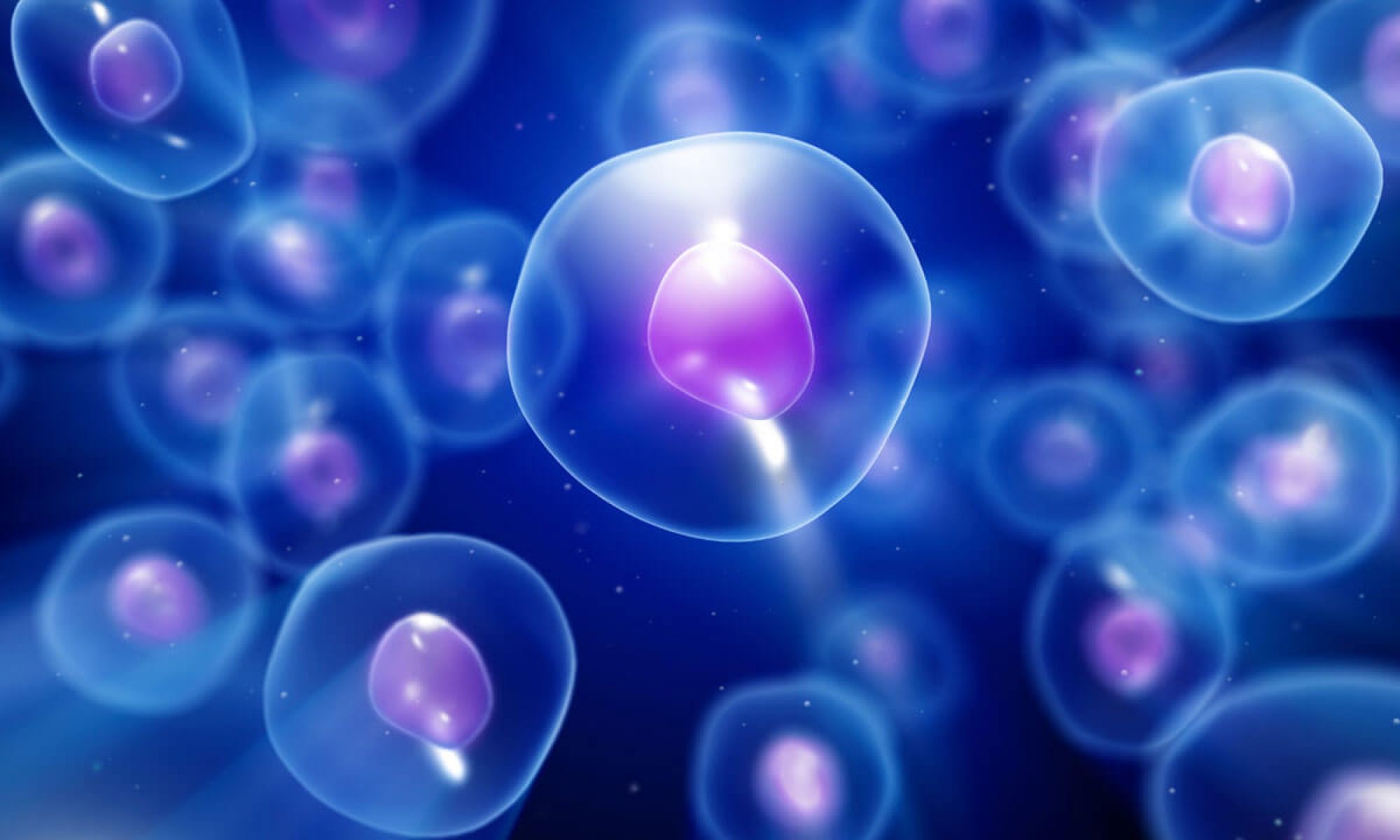Scientists believe that embryonic stem cells offer enormous medical and scientific potential.
In the future, embryonic stem cells could be used to:
Replace Diseased Cells
If scientists can direct stem cells’ specialization process, they may be able to use embryonic stem cells to treat a wide range of ailments. For example, Parkinson’s disease is a common disorder marked by tremors and loss of muscle control. It is caused by the loss of certain brain cells. Stem cells could be used to replace those lost cells.
In fact, Parkinson’s disease may be one of the first diseases treatable by stem cell transplantation. Early studies confirm that stem cells can be directed to produce the cells needed by Parkinson’s patients.
Stem cells may also be used in the treatment of Type 1 diabetes. Patients suffering from this kind of diabetes have difficulty producing insulin from pancreas cells. Using stem cell transplantation, doctors could someday offer diabetes patients new insulin-forming cells, eliminating the need for insulin injections.
Stem cells could also be used in the treatment of conditions such as Alzheimer’s disease, spinal cord injuries, liver disease, arthritis , and hair loss.
Better Understand Human Biology
Understanding how humans develop into tremendously complex creatures will help scientists correct “errors” that can happen during this process—for example, cancer or birth defects.
Create Tissue for Medical Therapies
Today, organ transplants give people suffering from certain diseases a new life. But organ donors are in short supply. One day, scientists may be able to use embryonic stem cells to help repair damaged organs or even grow a new organ.
